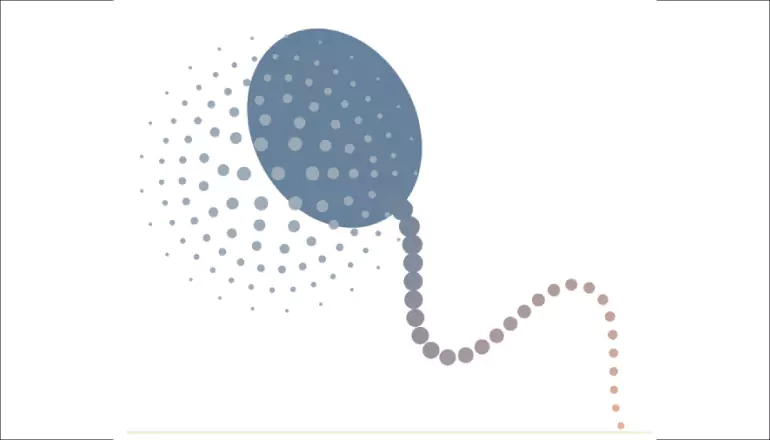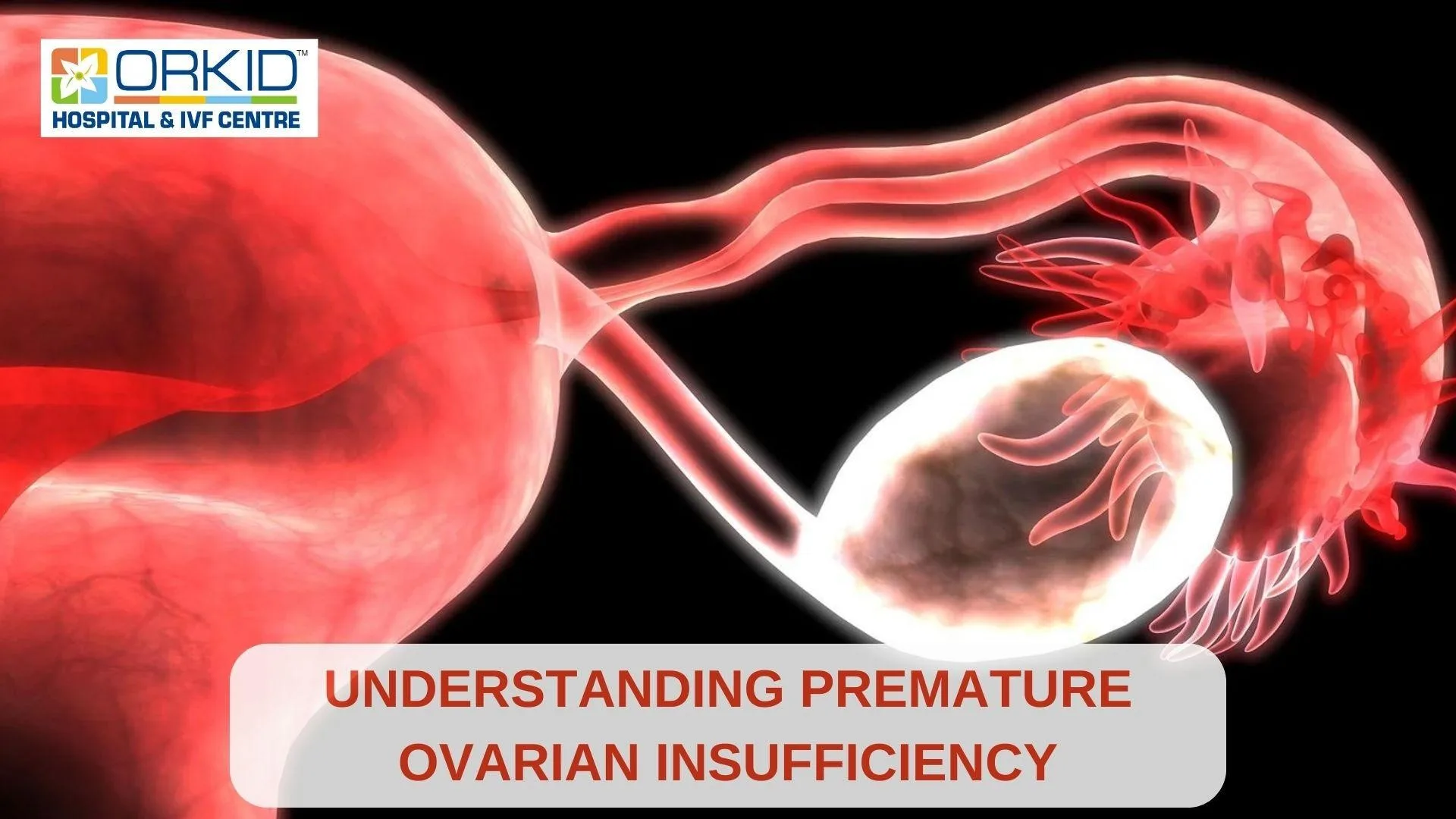How Botox Can Treat Vaginismus: A Promising Solution for a Challenging Condition
Vaginismus, a condition characterized by involuntary muscle contractions that make vaginal penetration painful or impossible, can be a deeply distressing experience for those affected. While traditional treatments like physical therapy and counselling have shown varying levels of success, Botox (botulinum toxin) is emerging as an effective treatment option. Dr Kajal Mangukiya, founder of Orkid Hospital and one of the best gyno in Surat, explains how Botox is used as a treatment for vaginismus.
What is Vaginismus?
Vaginismus is a condition where the muscles surrounding the vagina involuntarily contract during attempts at penetration, making sexual intercourse, gynaecological exams, and even tampon use difficult or painful. The condition can be classified as primary (present since the first attempt at penetration) or secondary (developing after a period of normal function).
The Role of Botox in Treating Vaginismus
Botox, commonly known for its cosmetic use in smoothing wrinkles, has a broader range of applications in medicine, including the treatment of various muscle-related conditions. For vaginismus, Botox is injected into the pelvic floor muscles, specifically the pubococcygeus muscle, to temporarily paralyze the overactive muscles that cause pain and discomfort during penetration.
How Does Botox Work?
Botox works by blocking the nerve signals that cause muscle contractions. When injected into the vaginal muscles, it prevents them from tightening involuntarily, allowing the muscles to relax. This relaxation can lead to pain-free penetration, whether during intercourse or a gynaecological examination.
Advantages of Botox for Vaginismus
1. High Success Rate: Botox treatment for vaginismus has shown a high success rate in reducing pain and facilitating comfortable penetration and is therefore used by the best infertility centres in Surat, such as the Orkid Hospital, for treating vaginismus. Many patients experience significant improvement after a single session.
2. Minimally Invasive: The procedure is relatively simple and minimally invasive, typically performed on an outpatient basis. The Botox injections take just a few minutes and are usually done under local anaesthesia.
3. Quick Recovery: Recovery time is short, with most patients able to resume normal activities within a day or two. Sexual activity can often be resumed within a few weeks, following a doctor’s guidance.
4. Long-Lasting Effects: The best gynos in Surat have seen the effects of Botox lasting for over 3 to 6 months. While the injections may need to be repeated, many patients find that subsequent treatments are less frequent as their muscles retrain to relax.
5. Fewer Side Effects: Compared to other treatments, Botox for vaginismus has fewer side effects. The most common are temporary bruising or soreness at the injection site, but serious complications are rare.
Limitations and Considerations
While Botox is a promising treatment, it’s not a cure-all. Here are some important considerations:
1. Not a Permanent Solution: Botox offers temporary relief, and the treatment may need to be repeated. However, some patients experience long-term improvement even after the effects wear off, thanks to the relaxation and retraining of the vaginal muscles.
2. Cost: Botox treatments can be expensive, and not all insurance plans cover this procedure. It’s essential to discuss costs with your healthcare provider beforehand.
3. Need for Additional Therapies: For some patients, Botox alone may not be enough. Combining Botox with pelvic floor therapy, counselling, or other treatments might yield the best results.
4. Emotional and Psychological Support: Vaginismus often has a psychological component, so addressing emotional and mental health is crucial. Botox can help with the physical symptoms, but a comprehensive treatment plan should also include therapy or counselling.
FAQ Section: Common Questions About Vaginismus and Botox
Q: What causes vaginismus?
A: Vaginismus can be caused by a combination of physical and psychological factors, including anxiety, trauma, infections, or a history of painful intercourse.
Q: Is Botox a safe treatment for vaginismus?
A: Botox is generally considered safe when administered by a qualified healthcare professional. However, as with any medical procedure, there are risks, so it’s important to discuss these with your doctor.
Q: How soon can I expect results after Botox treatment?
A: Many patients experience improvement within a few days to a couple of weeks. The full effects typically last for 3 to 6 months.
Q: Will I need multiple Botox treatments?
A: Some patients require additional treatments as the effects of Botox wear off. However, the need for repeat treatments often decreases over time.
Q: Can Botox cure vaginismus?
A: Botox is not a cure, but it can significantly reduce the symptoms of vaginismus. Combining Botox with other therapies may provide the best long-term results.
Conclusion
Botox offers a promising option for treating vaginismus, particularly for those who have not found relief through other methods. While it’s not a permanent solution, Botox can provide significant, lasting relief, allowing individuals to enjoy pain-free sexual activity and undergo necessary medical exams. If you’re struggling with vaginismus, discussing Botox with your healthcare provider at the best infertility hospital in Surat could be a valuable step towards finding the right treatment for you.











